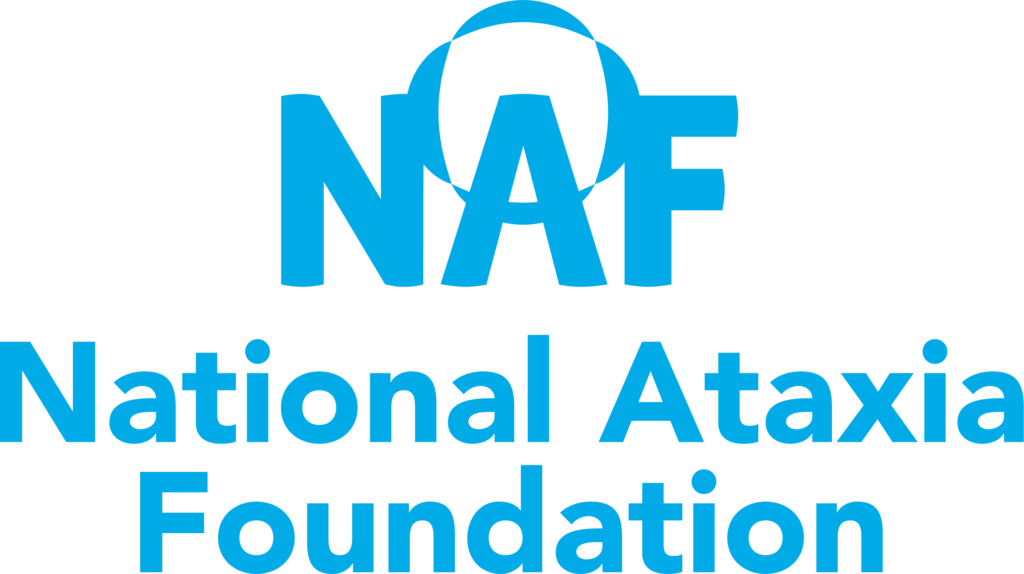
Oligodendrocytes are a type of brain cell that play a crucial role in insulating neurons to facilitate efficient transmission of electrical signals. Similar to the rubber coating on cords, oligodendrocytes wrap around axons with a cholesterol-rich myelin structure, which speeds up the transmission of electrical impulses.
Each oligodendrocyte can myelinate multiple neurons, providing support and releasing beneficial substances that promote neuronal health. Collectively, the myelinated axons constitute the brain’s white matter, distinguished by its lighter appearance upon post-mortem analysis due to its high fat content, while the gray matter consists of neuron cell bodies.
Oligodendrocytes function in the central nervous system, while Schwann cells are a synonymous cell type that functions in the peripheral nervous system, together creating efficient electrical conduction throughout the body.
Oligodendrocytes don’t start out with the ability to myelinate axons. Rather, they mature from an infant stage called oligodendrocyte progenitor cells (OPCs) to a more adolescent stage of immature oligodendrocytes, finally reaching their mature state in which they are capable of myelinating axons (Figure 1).

Figure 1. (A) Oligodendrocytes start as progenitors (blue) and progress into immature cells, which have many disorganized branches (green). Finally, they reach their mature, myelinating state (purple), in which organized branches reach out to myelinate neurons (gray). (B) A mouse primary oligodendrocyte with myelinated branches colored in white. Figure created with Biorender, oligodendrocyte image courtesy of the McLoughlin Lab.
Interestingly, unlike neurons, OPCs can replicate across the lifespan to generate more mature, myelinating oligodendrocytes. In fact, they are one of the most actively replicating cells in the adult brain. Notably, OPCs also form electrical connections with neurons and protect the brain from external insults by supporting the brain’s immune system. Along with mature OLs, OPCs promote learning and memory by influencing message transmission by neurons and modifying myelination to affect the speed of sensory signal conduction. Taken together, OPCs and oligodendrocytes are a vital cell type of the brain that have many functions.
How are oligodendrocytes relevant to neurodegenerative disease?
Recent neuroimaging studies, which use technologies such as magnetic resonance imaging (MRI) to capture pictures of the brain, reveal early white matter alterations in Spinocerebellar ataxia types 1, 2, 3, and 7. Recall that oligodendrocytes and the axons they wrap around make up the white matter of the brain. Therefore, white matter changes in disease suggest underlying problems with oligodendrocytes. More specifically, recent research demonstrates oligodendrocytes to be key players in Spinocerebellar ataxia types 1 and 3. Using mouse models of these diseases, researchers found that oligodendrocytes have trouble maturing to the myelinating state. This leads to less myelination—which could be affecting the ability of neurons to properly communicate.
Continued research on oligodendrocytes will help us learn why they have problems maturing and if they can be targeted for therapeutic benefit. For now, we know oligodendrocytes are a crucial piece to the puzzle of understanding neurodegenerative disease, which represents a significant advancement.
If you would like to learn more about oligodendrocytes, please see these resources on Khan Academy and Cleveland Clinic. If you would like to learn more about other glial cells of the brain, see snapshots such as “What are astrocytes?”
Snapshot Written by: Alexandra Putka
Edited by: Dr. Hayley S. McLoughlin
Read Other SCAsource Snapshot Articles

Snapshot: What is Aspiration?
Aspiration refers to the entry of food, liquid, saliva, or other materials into the airway instead of the esophagus during swallowing. This can occur when the coordination of muscles involved Read More…

Snapshot: What is Alternative Splicing?
To function properly, our body depends on many essential processes that are moderated by molecules created within us. Creating these crucial molecules, also called proteins, involves multiple steps and precursor Read More…

Snapshot: What is Areflexia?
Areflexia, from the Greek word “a”, meaning absence, is a medical condition characterized by the absence or reduction of reflexes. Reflexes are involuntary response triggered by sensory stimuli that are Read More…










